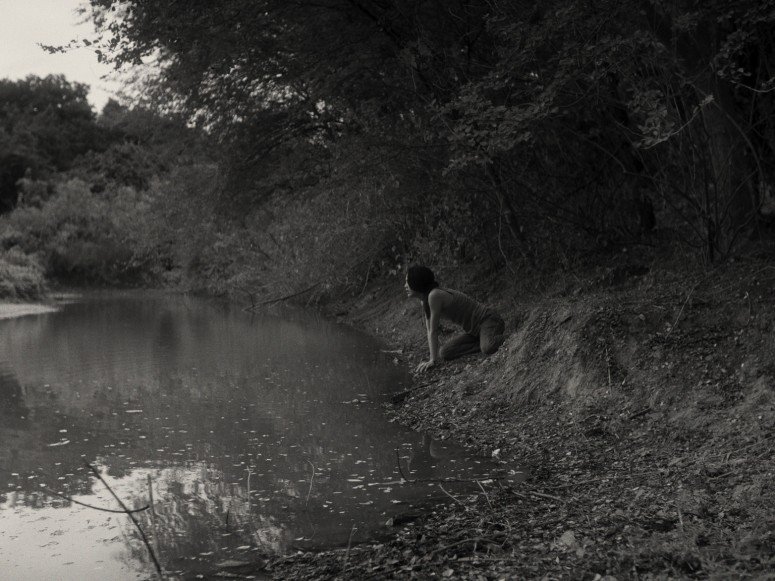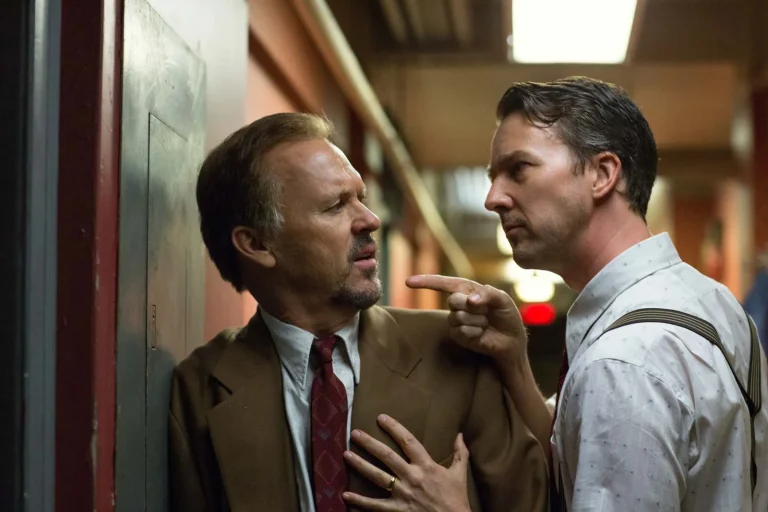For the uninitiated, Press Kits/Notes are documentations meant for film journalists who plan to write about a certain film. I start the review with this piece of information because I was amused by the way the press notes for Anocha Suwichakornpong’s “Come Here” (Jai Jumlong) were presented. After a simplistic plot description, the director rambles on about how she came to make the film in a period of 5 days. She also tells us about what happened in her life after her 2016 festival breakthrough and Thai Oscar Entry “By the Time it Gets Dark.” She later concludes the note by saying that she does not know how to define her latest film. She also doesn’t know why independent filmmakers have to struggle to get their films seen on a global level and thereof define every single detail about the film for naysayers.
This both made me smile a little and feel incredibly disheartened by what her latest film stands for. For sake of understanding and saying, it is a film about cinema. The kind of cinema that refuses to be encompassed in some sort of definition. In simplistic terms, it is an experimental oddity that remains serviceable for trying to evoke vague reactions out of the audience. Similarly, it also becomes frustrating for someone like me who loved her previous work. By the Time it Gets Dark was an incredibly personal and carefully calibrated mix of experimental narrative and a strong political dichotomy.
Similar to Come Here – From Where They Stood [2021]: ‘Berlinale’ Review – A moving document of the Holocaust revealed through photographs
Suwichakornpong channeled a lot of Apichatpong Weerasethakul-esque tonal shifts and narrative triggers to give a place without a history a semblance of one. Similar to that, “Come Here” starts with a premise. Four friends, supposedly stage actors in their mid-twenties, take a trip to Kanchanaburi, west of Thailand. They casually visit the site of ‘Death Railway,’ a place where thousands of lives were lost during World War II before returning back to a raft house for a session of drinking and smoking weed. Parallelly, we see a woman in distress. She is scavaging the forest in search of something that is left unclear. There’s also a possibility that these two narrative threads and a film set replicating the aforementioned nightcap of the actors may or may not be connected.

A lot of confusing takes can be taken out of Suwichakornpong’s creation here. Since there are sequences that are repeated again and again, one can formulate that it is some sort of representation of mundanity in the process of creating cinema. The constant shift in the soundscape – look for a brilliant opening mix where the sounds of railway track give you a transcendental feeling; as if entering a cinematic world that holds diamonds within hindsight. The director also uses split screens in order to amplify the ambiguity and mystery of her film’s many folds.
Also, Read – The Fam [2021]: ‘Berlinale’ Review – A mercurial coming-of-age portrait of a group of teenage girls at a care facility
That said, “Come Here” is constantly unengaging and superfluous. A film that defies meaning also somehow has a meaning and aim in sight. Thus, Suwichakornpong’s experimental creation lacks a formidable look at something concrete. The vagueness of the entire proceedings leaves you with a sense of dismay instead of awe. While some sequences truly stand out, some just go on forever.
I can’t simply dismiss the film by calling it pretentious garble, but while “Come Here” is surely ambitious, it is also incredibly single note to leave a mark.
★★½
Trailer
‘COME HERE’ PREMIERED AT THE 2021 BERLINALE
CLICK HERE FOR OUR COMPLETE SUNDANCE COVERAGE
DIRECTOR/SCREENWRITER: Anocha Suwichakornpong
EDITOR(S): Aacharee Ungsriwong
DOP: Boonyanuch Kraithong, Leung Ming-Kai
COUNTRY: Thailand
LANGUAGE: Thai
RUNTIME: 69 MINUTES
LINKS: IMDB



![Family Dinner [2022]: ‘Tribeca’ Review – A Tense Horror-Drama That Tackles Body Positivity & Toxic Parenthood](https://79468c92.delivery.rocketcdn.me/wp-content/uploads/2022/06/Family-Dinner-2022-768x432.png)
![Murder Party [2007] Review: Mishap. Mayhem. Hilarity.](https://79468c92.delivery.rocketcdn.me/wp-content/uploads/2019/09/murder-party-screenshot-1-768x432.jpg)

![Mukti Bhawan [2017]: Making Peace with Death](https://79468c92.delivery.rocketcdn.me/wp-content/uploads/2017/04/Mukti-Bhawan-1-768x457.jpg)

